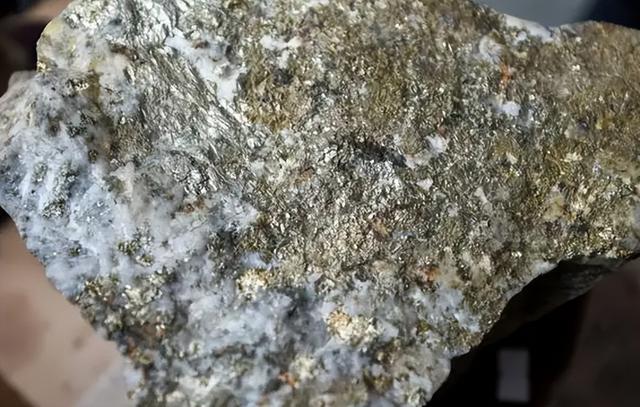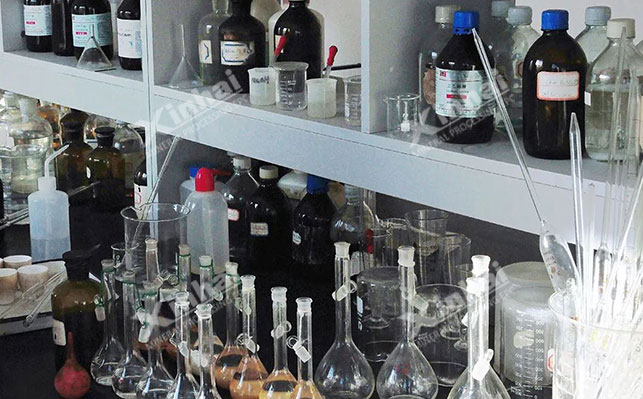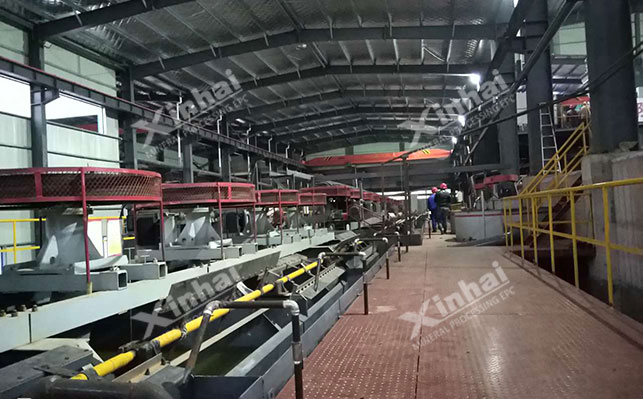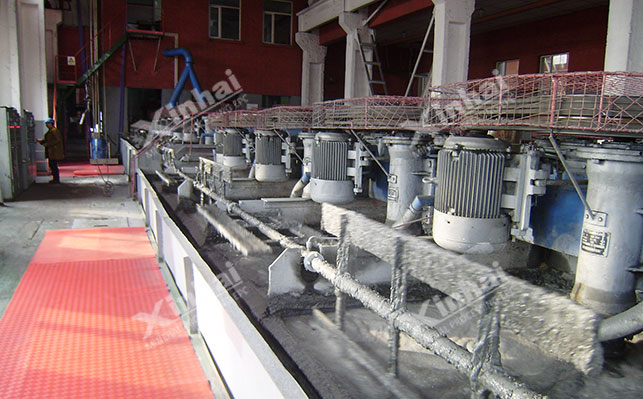The global gold reserves have declined year by year, and the number of single gold mines that are easy to concentrate is even less. At present, the gold deposits with large reserves and economic recovery value are mainly arsenic-containing sulfide, which is also one of the gold deposits that have been studied extensively. So what are the effects of arsenic in gold ore processing? What progress has been made in the study of flotation of arsenic-bearing gold ores?

1. Impact on concentrate quality
Gold and arsenic often coexist. The existence of arsenic has a serious impact on the product quality of gold concentrate and lowers the price of the concentrate.
2. Impact on metallurgical process
If the arsenic in the gold concentrate is not completely removed, it will also have a great impact on the later metallurgical process. The final gold product purity is not high, and the price is difficult to increase.
3. Impact on the environment
In addition, the main form of arsenic is arsenopyrite, which is a toxic substance and has great impact on the environment.
Due to the fine particle size of gold embedded in arsenic-bearing gold ore, it is closely related to gangue minerals such as pyrite and arsenopyrite, and is also associated with lead, zinc and carbonaceous minerals. The treatment of such minerals is more complex. In recent years, some progress has been made in the flotation research of arsenic-bearing gold ores, mainly focusing on flotation reagents and flotation processes.

1. Highly selective collector
In the flotation of gold-bearing pyrite and arsenopyrite, adding IIPOKC agent before xanthate can inhibit arsenopyrite and improve the floatability of pyrite. Using potassium xanthate and mercaptobenzothiazole to flotation gold-bearing arsenopyrite ore, the grade of gold concentrate was greatly improved.
2. Inhibitors of arsenic
The research of arsenic inhibitors is mainly reflected in the research of lime combination inhibitors, oxidation dosage inhibitors, carbonate inhibitors, sulfur oxides inhibitors, organic inhibitors, etc.

1. Mixed flotation method
When dealing with high-sulfur and high-arsenic gold ores, mixed flotation is generally adopted. First, gold, pyrite and other minerals are mixed flotation, and then the oxidation roasting method is used to pretreat and remove arsenic, and then the cyanide method is used to extract gold. Or, concentrate can be obtained by mixed flotation, and then separated flotation to treat gold-bearing pyrite concentrate and gold-arsenic concentrate respectively.
During mixed flotation, it is necessary to adjust the pulp pH to weak acidity or weak alkalinity. At this time, pyrite and arsenopyrite have good floatability. Sodium carbonate can be used not only as an adjustor of pulp acidity and alkalinity, but also as an activator of oxidized arsenopyrite. It can improve the function of arsenopyrite and collector and its floatability. In order to improve the gold recovery rate, arsenic containing gold ores should be treated with collectors with strong collection capacity, such as isobutyl sodium xanthate, especially for gold ores with high arsenic content. If the arsenic content is not high, butyl sodium xanthate can be used. If there are many connective mineral particles, sec-butyl sodium xanthate and sulfyl sodium xanthate can be used.
2. Preferred flotation method
The priority flotation of arsenic-bearing gold ore is to first inhibit arsenopyrite and flotation out the gold-pyrite concentrate. During the priority flotation, it should be noted that the arsenic content in the concentrate should not exceed the requirements of the smelter. Because pyrite and arsenopyrite have similar crystal structure, certain flotation conditions need to be made to increase the difference between their surface properties and floatability to achieve the purpose of restraining arsenic and floating yellow.
In priority flotation, oxidants such as potassium permanganate and potassium persulfate are generally used to inhibit arsenopyrite. In addition, it is necessary to control the pH value of the slurry. Pyrite and arsenopyrite have good floatability under acidic conditions. When pH>11, these two minerals are inhibited. When pH is 6-10, the floatability of these two minerals is very different. Lime can be used to adjust the acidity and alkalinity of the slurry. In addition, the selection of collectors is also an important factor affecting the effect of gold extraction. It is better to use black agent collectors for flotation of sulfide minerals, such as butyl money black agent or butyl sodium xanthate and butyl ammonium black agent mixed collectors. When flotation of gold-bearing iron ore, 2 # oil can be used as a foaming agent.

3. Separation flotation method
Due to the high content of arsenopyrite and the use of many oxidants during mixed flotation, the cost will increase. Therefore, the heating stirring method and vortex layer pretreatment method can be selected for separation flotation with better effect, thus eliminating oxidants. Adjust the pulp temperature to 40-50 ℃, add sodium carbonate to adjust the pulp pH to 7-9, and stir the pulp by self-priming or filling air. At this time, arsenopyrite will be rapidly oxidized and restrained, while pyrite will be slightly oxidized and its floatability will be improved. Sodium carbonate can also block the oxidation of iron. In addition, the iron scraps generated by the friction between the lining plate and the steel ball during the grinding process will be oxidized and consume oxygen. Sodium carbonate can prevent the oxidation of these iron scraps and make the oxidation of arsenopyrite unaffected.
The above mainly introduces the influence of arsenic in gold ore and how to remove arsenic from arsenic-bearing gold ore by flotation process. In fact, in addition to flotation, gold concentrate roasting and hot pressure oxidation are also effective methods to remove arsenic from gold ore. Xinhai Mine has been studying the beneficiation method of arsenic-bearing gold ore for many years. There are many successful cases for reference. If you have any demand, please contact us.